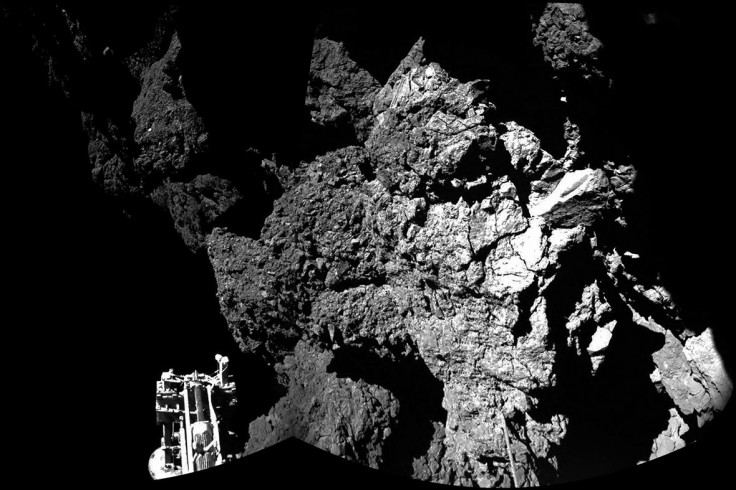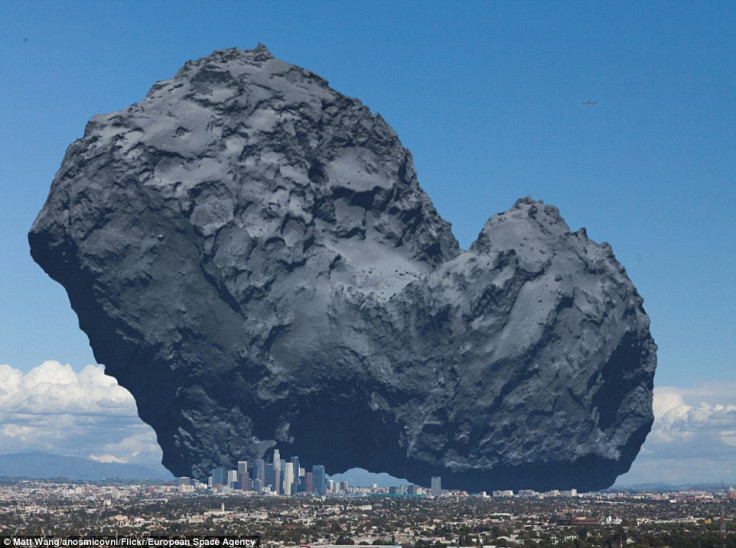Philae Space Probe Finds 'Building Blocks of Life' on Comet

The Philae Space Probe had time to conduct just a few hours of tests aboard comet 67P/Churyumov-Gerasimenko before its battery went flat. However what it discovered in that time could change our understanding of the cosmos and what may be in it - including the tantalisingly possibility of extra-terrestrial life.
The Wall Street Journal ($) reports that Philae has sent back to earth data which shows it detected carbon compounds in the comet's tiny atmosphere, known as a coma. These contain carbon atoms - the building blocks of all life on earth. Now research is underway to see if more complex compounds such as amino acids, or simpler ones like methanol and methane, are also present.
Philae landing manager Stephan Ulamec told the WSJ the research "will help us to understand whether organic molecules were brought by comets to the early earth."

The probe fell silent after 60 hours because it was unable to recharge its solar panels after "bouncing" into the shadow of a cliff, but in that time it was able to send priceless information the 300 million miles to earth. Philae even managed to drill into the comet - which was far harder than expected - and begin analysing its composition, but data on this so far has not been fully analysed.
It has long been a mystery why the earth contains so much water - without which life could not exist. Scientists have long suspected that comets may have brought water to earth billions of years ago when our planet was bombarded by collisions with meteorites.
It has even been suspected that life itself may have been carried from deep space aboard comets - in 2009 amino acid glycines were found in the tail of another comet, Wild 2. Finding amino acids on 67P would strengthen that seemingly outlandish theory.
Having made one final manoeuvre, repositioning Philae's largest solar panel to enable it to absorb more energy, scientists must now wait to find out whether the sunlight Philae receives can wake the probe up again. It could then carry on gathering information that may help solve some of the biggest mysteries, including how life began - and whether it exists beyond the earth.
© Copyright IBTimes 2024. All rights reserved.






